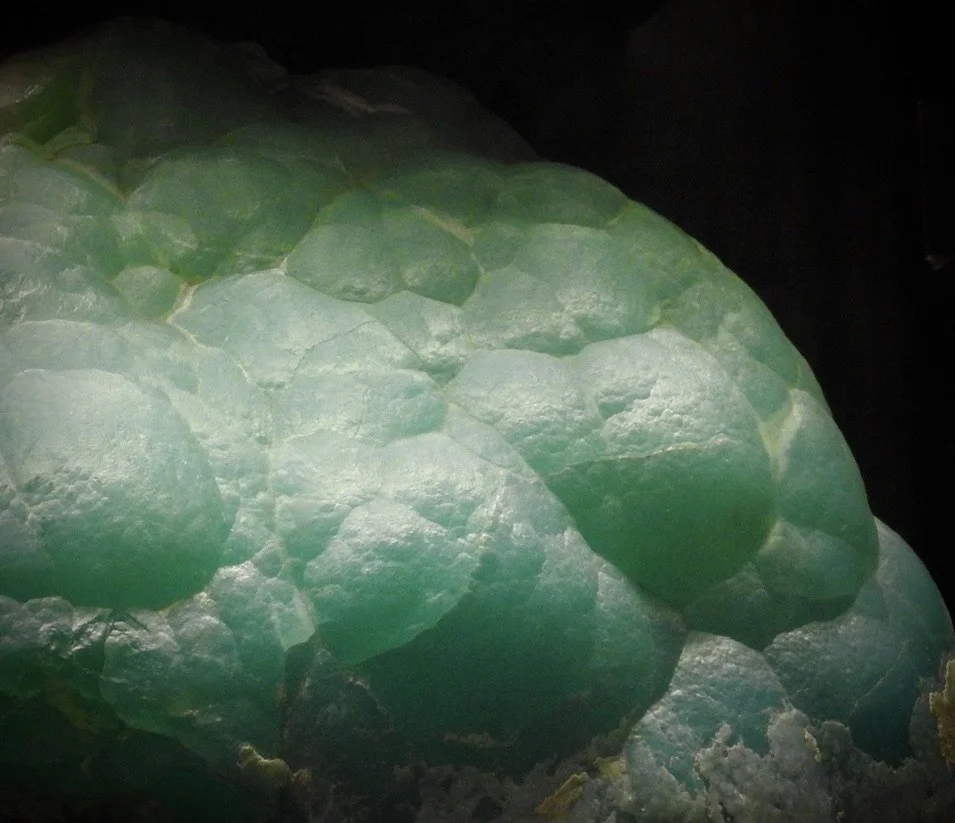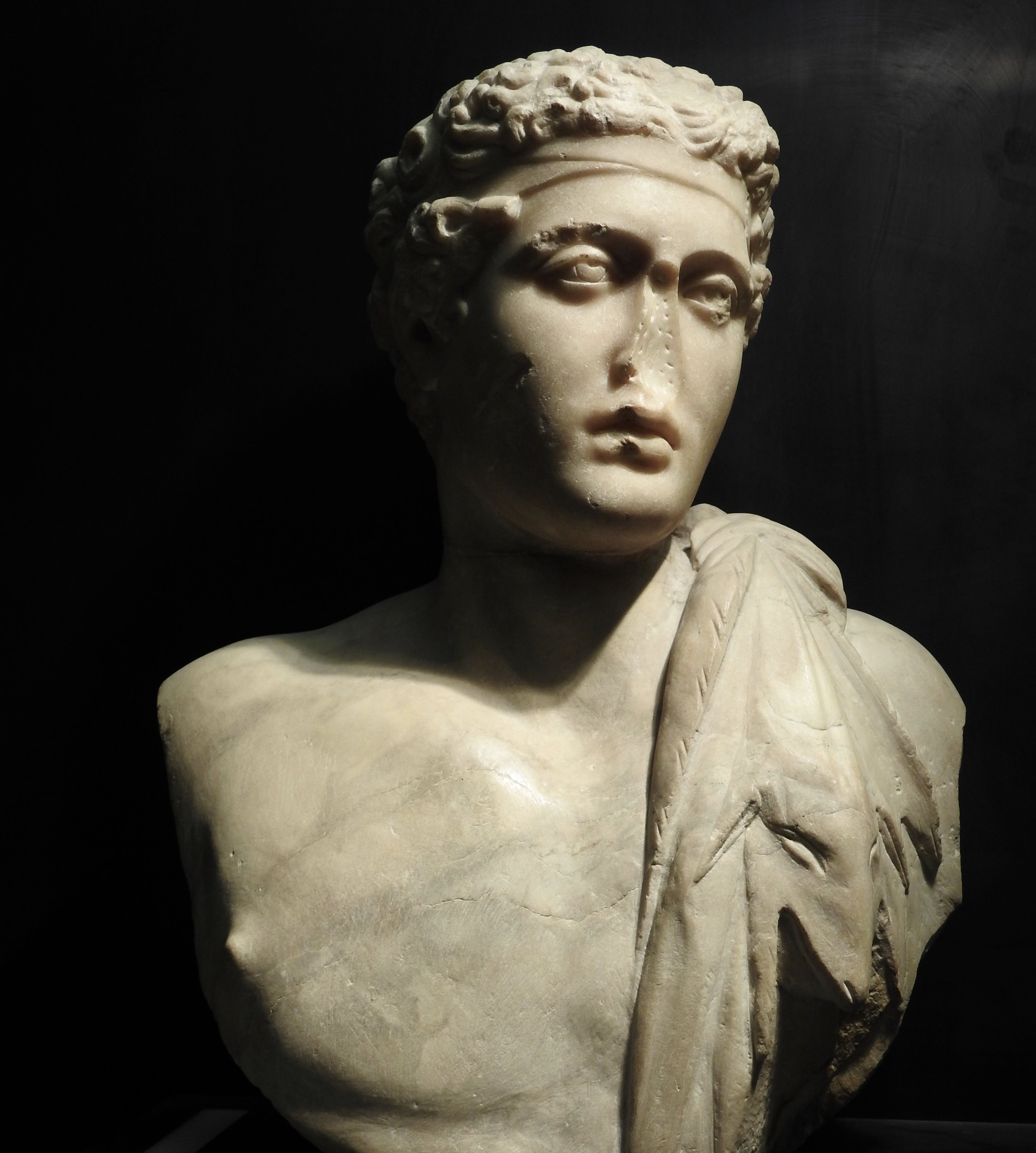Not much has changed since last week (or the week before, or the week before that). I continue to inch closer to a query letter that doesn’t make me queasy, comb through editing projects, and let ideas for the next book quietly break apart and reconstitute in the back of my mind. The closest thing I’ve had to a breakthrough is figuring out how to talk about characters who don’t use gendered pronouns in something as short as a query. Or, not so much figure out as accept the fact that I must first betray the underlying concept of my book in order to get people interested in the concept in the first place.
Along those lines, I’ve been thinking about the awkwardness of communicating non-traditional genders a lot lately, and that has brought me back to the sculptures pictured in this post.










